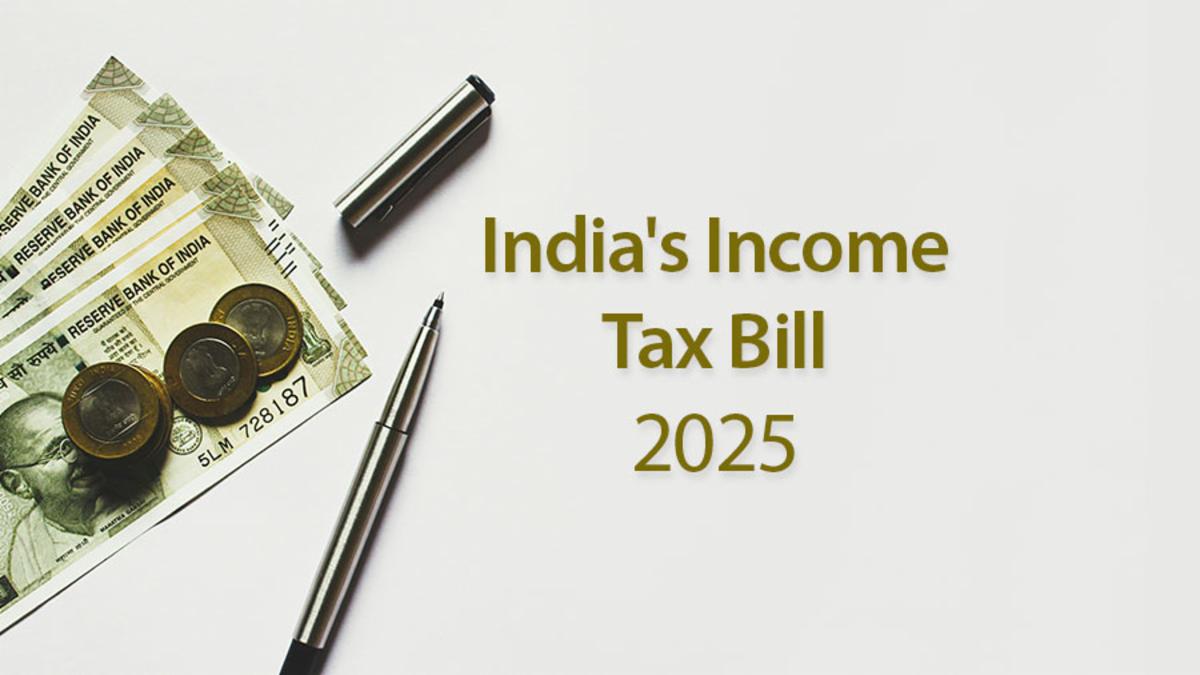Article Body
Taxes have been part of India's story since ancient times—think of the Arthashastra's detailed revenue systems under Chandragupta Maurya. But modern income tax? That's a British import from 1860, born out of the 1857 revolt's financial crunch. Fast forward to independent India, and the Income Tax Act of 1961 stands as a cornerstone. Now, with the Lok Sabha passing the Income Tax (No. 2) Bill, 2025, on August 11, it's time to unpack this evolution through data, trends, and comparisons. No guesses here—just the numbers and historical patterns.
Roots of Income Tax in India
Income tax first hit Indian shores in 1860 under British rule, introduced by Sir James Wilson to plug a fiscal hole. It was temporary at first, but by 1886, a dedicated act emerged. Post-independence, the 1922 Act held sway until 1961, when the current law consolidated everything into one framework. Enacted on September 13, 1961, and effective from April 1, 1962, it spanned the whole country, including Jammu and Kashmir after Article 370's abrogation.
Key early stats: In 1961-62, direct tax collections were a modest ₹1,400 crore, with just a few lakh taxpayers. The act introduced progressive slabs, starting at 5% for incomes over ₹3,000 (about ₹2.5 lakh today, adjusted for inflation via RBI data).
Major Reforms and Amendments Timeline
The 1961 Act wasn't static—it morphed with India's economy. Here's a breakdown:
- 1970s: High Rates Era: Top marginal rate hit 97.75% in 1974 under Indira Gandhi, including surcharges. This "tax terrorism" phase saw evasion spike; collections grew slowly at 10-15% annually.
- 1980s-90s: Liberalization Boost: VP Singh's 1985 reforms cut top rates to 50%. Manmohan Singh's 1991 budget slashed them to 40%, sparking growth. Taxpayers jumped from 1.4 crore in 1990 to 2.8 crore by 2000. Collections rose 20% yearly, per CBDT reports.
- 2000s: Tech and Compliance: SARFAESI Act (2002) and TDS digitization boosted efficiency. In 2005, fringe benefit tax was added (scrapped in 2009). By 2010, collections hit ₹3.79 lakh crore, a 10x jump from 1990.
- 2010s: Digital Shift: Aadhaar linkage (2017) and GST (2017) integrated systems. Faceless assessments started in 2020. Taxpayers grew to 8.5 crore by 2020, but active filers hovered at 2.8 crore.
- 2020s: Pandemic and New Regime: 2020's optional new tax regime cut slabs but axed deductions. Budget 2023 raised rebate to ₹7 lakh. Direct taxes reached ₹19.58 lakh crore in FY24, up 17.7% YoY.
A timeline table for clarity:
| Year | Key Event | Tax Collection (₹ crore) | Taxpayers (crore) |
|---|---|---|---|
| 1962 | Act Enacted | 1,400 | ~0.1 |
| 1991 | Liberalization Cuts Rates | 11,000 | 0.7 |
| 2000 | Post-Reform Growth | 68,305 | 2.8 |
| 2010 | Digital Push | 3,79,000 | 3.5 |
| 2020 | New Regime Intro | 10,50,000 | 6.5 |
| 2024 | Pre-2025 Peak | 19,58,000 | 9.4 (filers) |
Data sourced from Income Tax Department annual reports.
Statistical Trends and Patterns
India's direct tax-to-GDP ratio has climbed from 2.5% in 1961 to 6.1% in 2024, per World Bank data. But it's below global averages (15% for OECD nations). Collections grew at a CAGR of 15% from 1961-2024, driven by base expansion—taxpayers up 90x.
Unique patterns: Corporate tax dominates (60% of collections), while individuals contribute 25%. Evasion remains high; black money estimates range from 10-20% of GDP (per NIPFP studies). Litigation is a drag—over 5 lakh pending cases as of 2024, costing ₹10 lakh crore in locked funds.
Historical comparisons: The 1961 Act ballooned from 298 sections to 819 via amendments. High rates in the 1970s led to a "raid raj," with searches peaking at 5,000 yearly. Post-1991, voluntary compliance rose 30%.
How the 2025 Bill Fits In
The new bill shrinks the act by half—536 sections, 23 chapters. It ditches "assessment year" for "tax year," aligning with financial years, a nod to 1990s simplification. No rate changes, but it boosts MSME thresholds (₹2 crore turnover) and startup holidays to 2030, echoing 2016's Startup India push.
Comparisons: Unlike 1961's consolidation, 2025 focuses on redundancy removal (e.g., obsolete provisions). It expands digital powers, building on 2020's faceless schemes. Stats-wise, it could cut litigation by 20-30%, per ministry projections, freeing ₹2-3 lakh crore.
For historical context, see Wikipedia on the Income-tax Act, 1961. Official evolution at incometaxindia.gov.in.
India's tax journey reflects its growth—from colonial burdens to a digital powerhouse. The 2025 bill could mark a turning point, if trends hold.


Comments